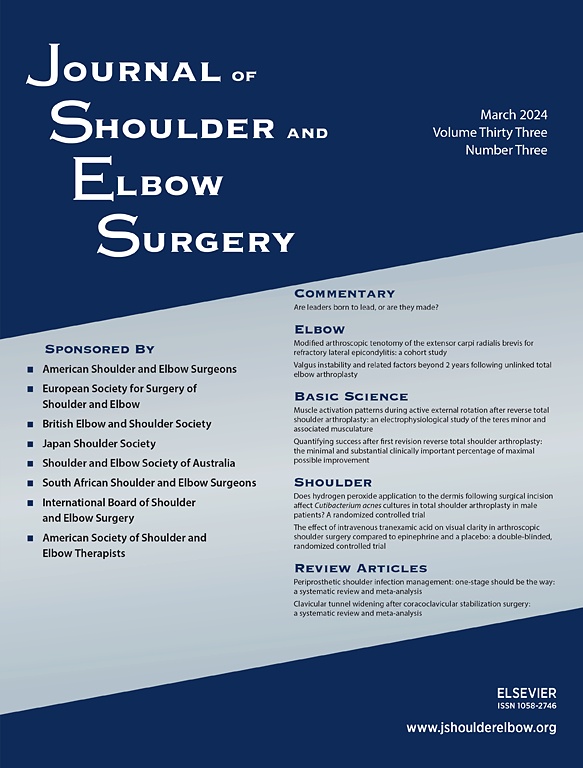
Similar mid- to long-term radiographic and clinical outcome of pegged and keeled shoulder implants

Similar mid- to long-term radiographic and clinical outcome of pegged and keeled shoulder implants
Radiographic and clinical comparison of pegged and keeled glenoid components using modern cementing techniques: midterm results of a prospective randomized study
J Shoulder Elbow Surg. 2017 Dec;26(12):2078-2085Did you know you're eligible to earn 0.5 CME credits for reading this report? Click Here
Synopsis
50 patients scheduled for total shoulder arthroplasty were randomized to receive either an all-polyethylene pegged glenoid component or an all-polyethylene keeled glenoid component. Patients were assessed for radiographic lucency rate, failure rate, clinical scores, and shoulder range of motion over a minimum of 5-year follow-up. Results demonstrated no significant difference between the pegged an...
To view the full content, login to your account,
or start your 30-day FREE Trial today.
FREE TRIAL
LOGIN
Forgot Password?
Explore some of our unlocked ACE Reports below!

Learn about our AI Driven
High Impact Search Feature
Our AI driven High Impact metric calculates the impact an article will have by considering both the publishing journal and the content of the article itself. Built using the latest advances in natural language processing, OE High Impact predicts an article’s future number of citations better than impact factor alone.
Continue



 LOGIN
LOGIN

Join the Conversation
Please Login or Join to leave comments.